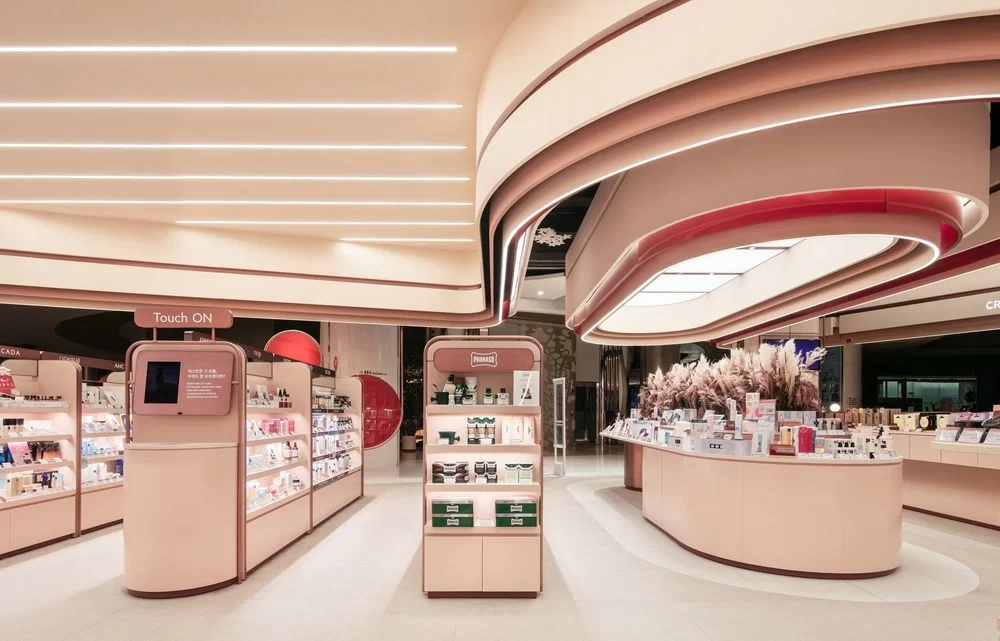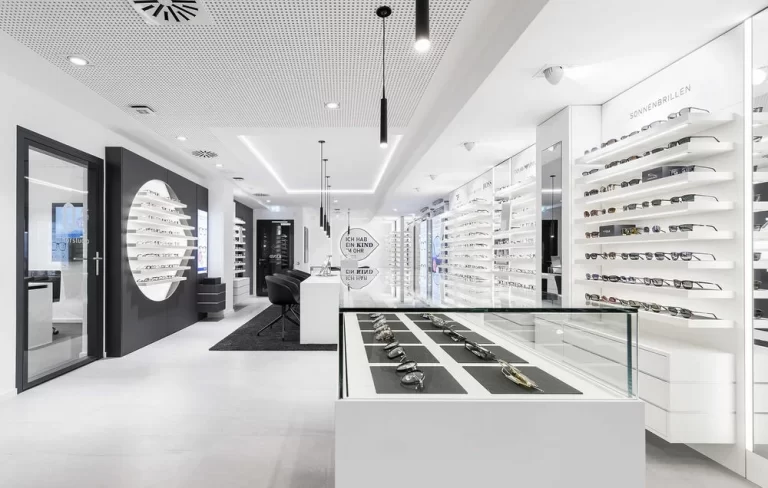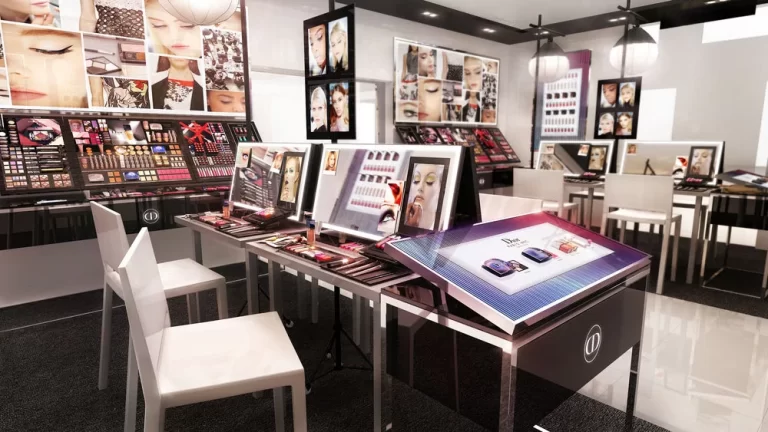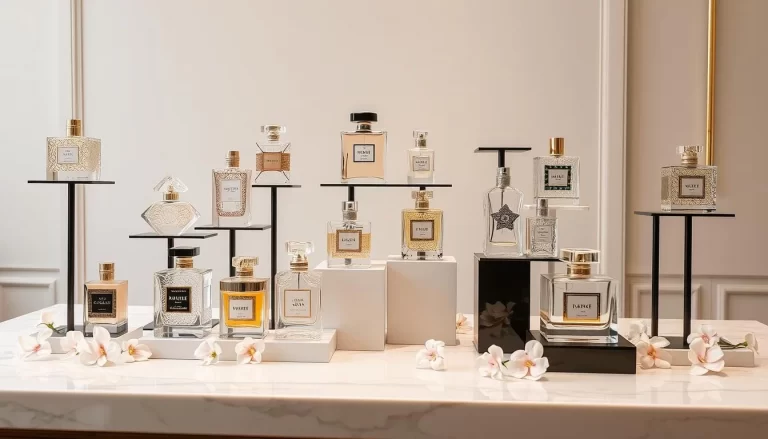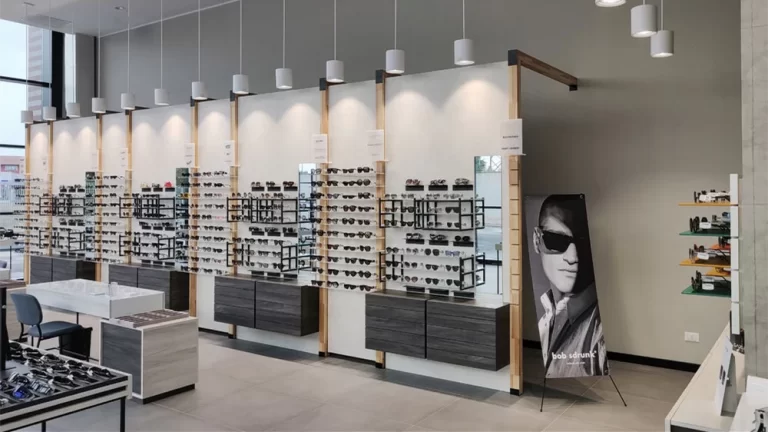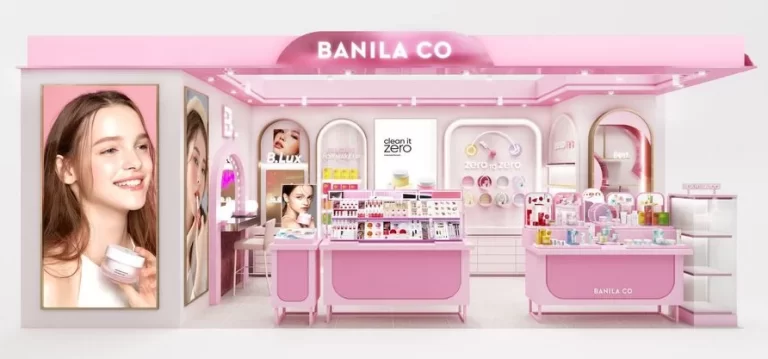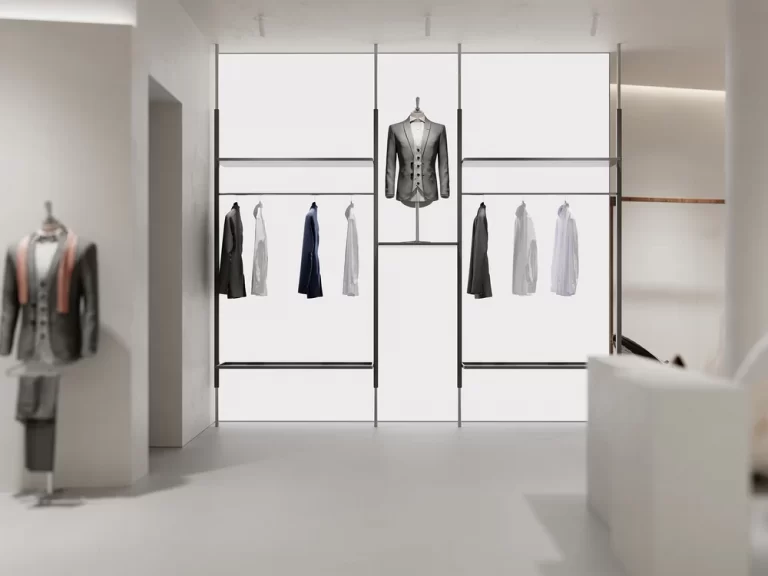How to Choose the Best Cosmetic Display Supplier for Your U.S. Business
The cosmetic industry thrives on aesthetics and functionality, making displays a critical component of retail success. Whether you’re a startup or an established brand, selecting the right cosmetic display supplier can elevate your product presentation, enhance customer experience, and drive sales. This guide breaks down the key factors to consider, ensuring you partner with a supplier that aligns with your brand’s needs and values.
Key Considerations When Choosing a Cosmetic Display Supplier
1. Quality and Durability
High-quality materials ensure displays withstand wear and tear while maintaining a polished look. For example, acrylic and reinforced glass are popular for their clarity and sturdiness. Ask potential suppliers about:
- Material certifications (e.g., FDA compliance for food-safe plastics).
- Testing protocols (e.g., load-bearing capacity for shelves).
2. Compliance with U.S. Regulations
Suppliers must adhere to U.S. safety and environmental standards. For instance, packaging materials may require FDA approval if they contact skincare products. Verify:
- Certifications like FDA 21 CFR or Proposition 65 compliance.
- Sustainability credentials (e.g., recyclable or biodegradable materials).
3. Customization Capabilities
Custom displays can differentiate your brand. Look for suppliers offering:
- Modular designs (adjustable shelving, lighting options).
- Brand-specific finishes (embossed logos, color matching).
- Prototyping services to visualize concepts before mass production.
4. Design Expertise and Innovation
A supplier with a creative team can translate your vision into functional art. For example, brands like Hua Xizi leverage cutting-edge designs to highlight traditional Chinese aesthetics. Evaluate their portfolio for:
- Experience in cosmetic or luxury retail.
- Use of trends like interactive digital displays or eco-friendly materials.
5. Logistics and Lead Times
Efficient shipping and production timelines are crucial for U.S. businesses. Suppliers with global hubs (e.g., Rotterdam Port in Europe) often streamline international logistics. Confirm:
- Average lead times for standard vs. custom orders.
- Partnerships with reliable freight carriers.
How to Evaluate Suppliers: A Comparative Table
| Criteria | Supplier A | Supplier B | Supplier C |
|---|---|---|---|
| Material Quality | FDA-certified | Non-certified | ISO 9001 |
| Customization Options | High | Limited | Moderate |
| Sustainability Practices | Recyclable | None | Biodegradable |
| Lead Time (Weeks) | 4-6 | 2-3 | 8-10 |
| Minimum Order Quantity (MOQ) | 500 units | 1,000 units | 200 units |
Tip: Prioritize suppliers with shorter lead times and lower MOQs if you’re testing new designs.
Frequently Asked Questions (FAQs)
Q1: How do I verify a supplier’s certifications?
Request documentation like FDA registration numbers or GMP certificates and cross-check them via official databases. For international suppliers, ensure they comply with U.S. import regulations.
Q2: Can I order small batches for a product launch?
Some suppliers offer low MOQs (e.g., 200 units) for startups. Discuss scalability options to avoid bottlenecks as demand grows.
Q3: What’s the average cost of custom displays?
Costs vary based on materials and complexity. Acrylic displays start at 200/unit. Request detailed quotes to compare.
Q4: How long does prototyping take?
Prototyping typically takes 2-4 weeks. Suppliers with in-house design teams (like those serving Fenty Beauty or Glossier) may expedite this process.
Conclusion
Choosing the right cosmetic display supplier requires balancing quality, compliance, creativity, and logistics. By prioritizing suppliers with robust certifications, customization expertise, and efficient logistics, U.S. businesses can create visually stunning displays that captivate customers and drive sales. Partner with a supplier that aligns with your brand’s ethos—whether that’s sustainability, innovation, or affordability—to stand out in the competitive beauty market.
For further insights, explore trade shows like in-cosmetics Global (2025) to connect with top suppliers and stay ahead of industry trends.

